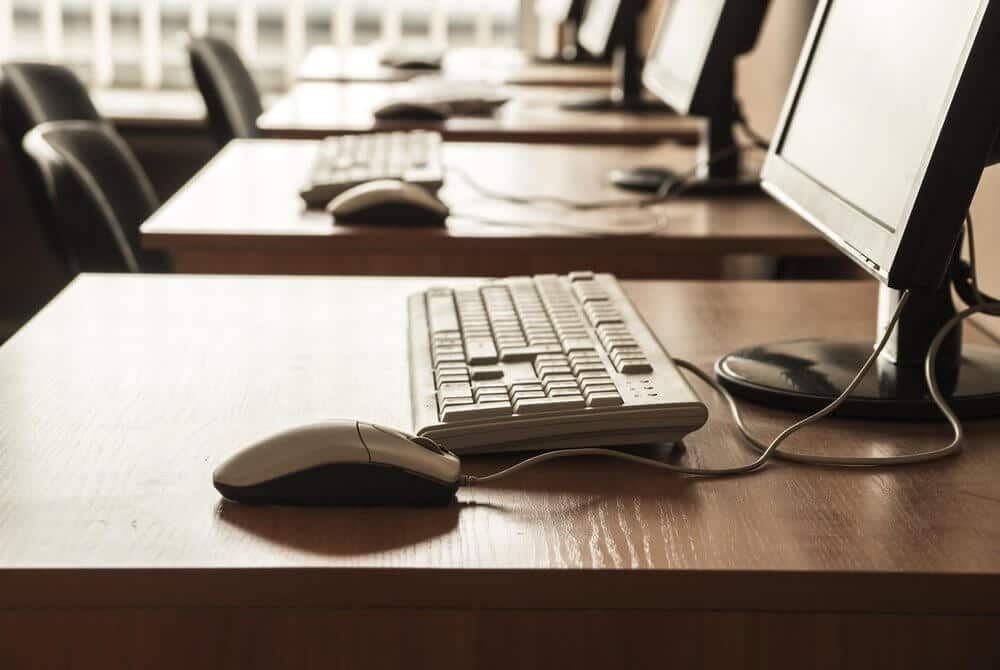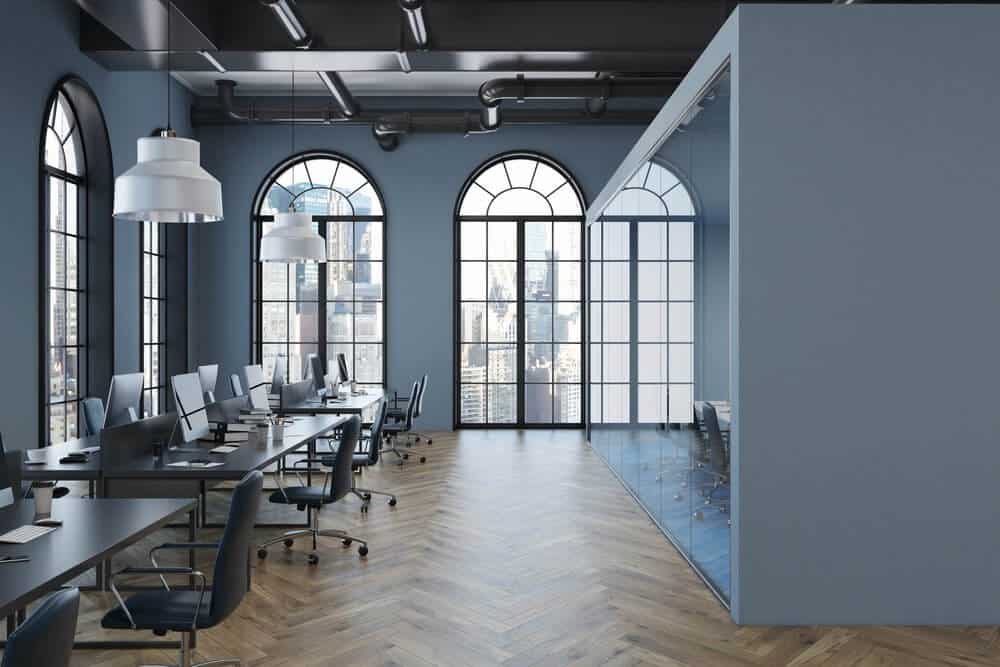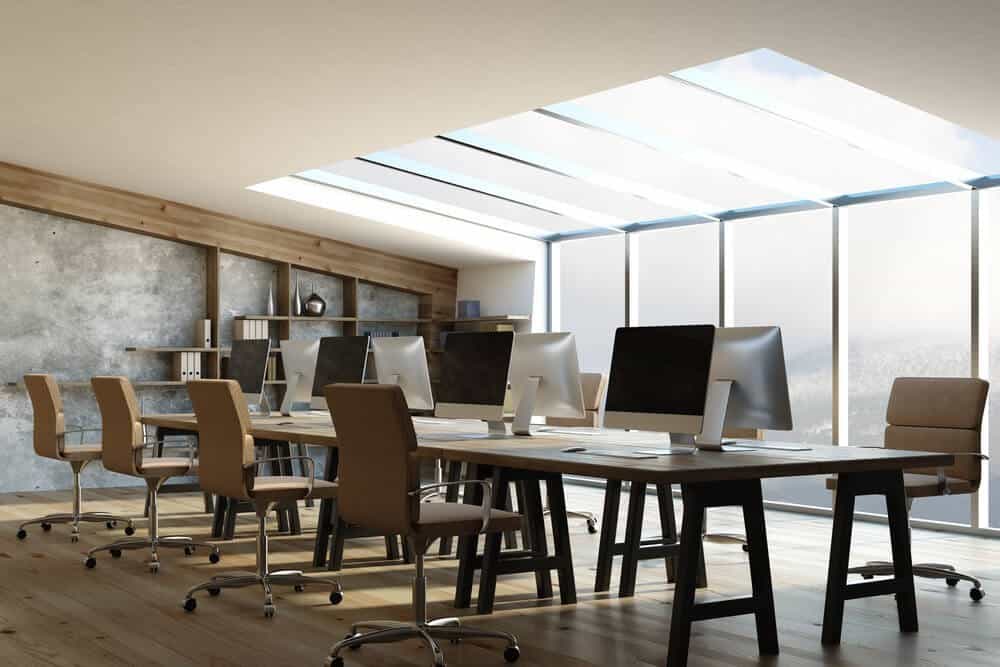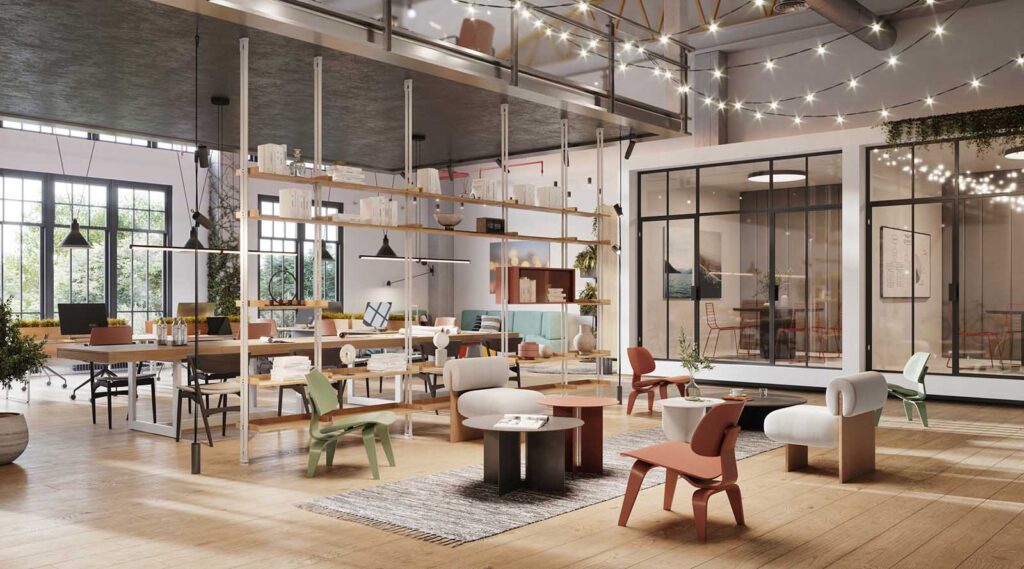From facility cost cutting to enhanced employee collaboration, there are many benefits to adopting a hot desking strategy within your organization. However, if employees are accustomed to having their own permanent desk and workplace, facility managers may run into opposition when trying to get employees onboard with a new desk booking system.
To ensure a smooth transition, it’s important that FMs take the time to adequately address employee concerns and find ways to make the shift easier. It’s critical that employees get behind any new policy if it’s going to be effective, so before flicking the switch on your new hot desking strategy, take a moment to consider how you can best set your employees up for success.
What is a shared desk? A shared desk is when two or more employees share the same desk space. Shared desk spaces mean that employees typically don’t have drawers, cabinets or shelves to stash personal or work items, and that the desk may need to be booked using desk booking software prior to use.
Ensure communication channels are open
Change in the workplace is inevitable, but it doesn’t need to be disruptive. When implementing a change, especially one as large as the introduction of a hot desking policy, communication is always key. Be clear and proactive about the upcoming plans for change, and consult with employees about their concerns for the new hot desking system. No employee likes to feel left in the dark, so ensuring that communication lines between employees and management are always open is a good step to getting employees onboard. Explain why the change is happening and be sure to highlight the benefits. Also, give employees an opportunity to ask questions and have their say.
Use intuitive desk booking software

The last thing you want to do is experience a drop in productivity because your hot desking systems aren’t up to snuff. IT hassles can seriously slow down anyone’s day, particularly in the morning when employees are trying to get settled as quickly and efficiently as possible. Make sure you have the right tools in place for them to do so and the proper training alongside it. Look for desk reservation software that provides additional insight into how, when and by whom the spaces are being used. This can help you track the success of your hot desking strategy in real-time.
Provide storage solutions
Shared desk spaces mean that employees don’t have drawers, cabinets or shelves to stash personal or work items. Losing personal space in the office can be one of the biggest complaints when it comes to hot desking, so it’s important that you always provide employees with a safe place to store their belongings and work tools overnight. For instance, investing in employee lockers is a wise solution that’ll ensure clutter is kept to a minimum, while still leaving employees with a space they can call their own.
Encourage cleanliness

Shared desks means shared germs, but there are several things you can do to keep desks clean. Provide cleaning wipes at each station, or a central floor location, to be used at the start and end of each day. Discourage eating at desks, and make sure that a central kitchen location is well maintained and available for all. Stress the importance of sick-day leave when employees feel under the weather, so that shared spaces don’t become Petri dishes for the flu. Enforcing cleanliness policies will help your employees feel at ease in any new space, while also creating a more positive and health-conscious atmosphere overall.
Address IT issues immediately
Maintenance strategies are crucial to running an efficient workplace. One desk is now a host to several employees, so your system must be prepared to address any malfunctions quickly and effectively. If a phone, monitor or keyboard stops working, productivity could come to a sudden halt. Have a clear policy in place to deal with equipment replacement and repair, and ensure that it remains a priority once implemented. Let your employees know how to easily report wear-and-tear or damage, preferably through a dedicated work order tool. This will help to keep your hot desking areas fully functional, reducing frustrations and wasted time.
Hot desking can be an incredibly helpful strategy when implemented correctly, but it’s important to ensure staff are on board if you want the change to be successful. Once your employees see the benefits of a dynamic work environment, they will be more willing to embrace the change, so be sure to dedicate adequate time to ensuring the strategy is as easy as possible for employees to learn and adapt to. They’re the ones who will be using the system, after all, so it makes sense to make their comfort a priority.
If hot desking sounds like it might be a fit for you and your space, request a free OfficeSpace demo anytime.
Photo Credits: Shutterstock / Peshkova, Shutterstock / Oleksandr Berezko, Shutterstock / ImageFlow





